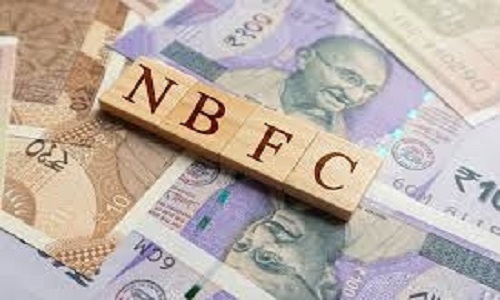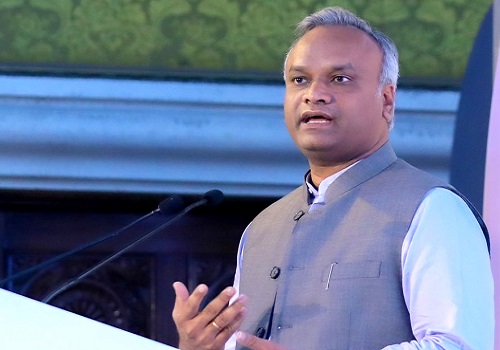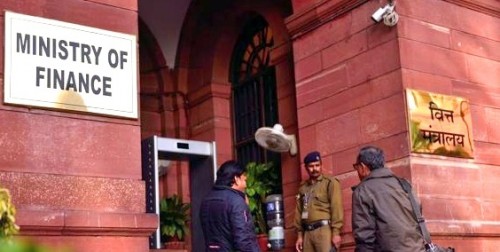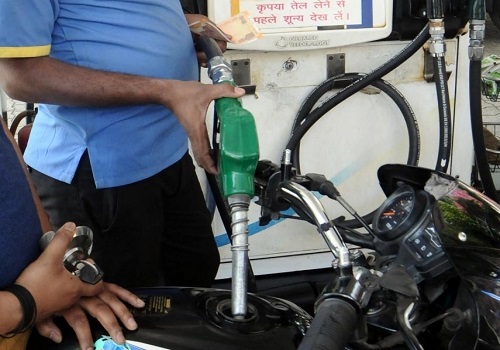Gold price fall not a worry for NBFCs, but banks need to be watchful

Follow us Now on Telegram ! Get daily 10 - 12 important updates on Business, Finance and Investment. Join our Telegram Channel
The correction in gold prices in recent months is not expected to materially impact the asset quality of non-banking financial companies (NBFCs) lending against gold. Apart from periodically collecting interest over the past few fiscals, they have ensured that disbursement loan-to-value (LTV) is maintained below 75 per cent, ratings agency Crisil said.
On a 30-day rolling basis, gold price has corrected 10 per cent over the past six months, while on an absolute basis it fell twice that rate.
For NBFCs, the average portfolio LTV as on December 31, 2020, was 63-67 per cent, while average LTV on incremental disbursements in the October-December 2020 quarter was 70 per cent. The LTV discipline is also evident in interest receivables remaining at just 2-4 per cent of the loan book over the past few years.
For banks, however, incremental-disbursement LTV was higher at 78-82 per cent because they were more aggressive than NBFCs in lending against gold during last fiscal. Much of the growth in their book came during the third quarter of the last fiscal, when gold prices were soaring.
Since June 2020, loans against gold surged even as lending to other segments was affected by asset-quality concerns. In the 11 months through February 2021, loans against gold grew 70 per cent for banks to over Rs 56,000 crore. What further contributed to this growth was the LTV relaxation to 90 per cent (only for banks) announced by the Reserve Bank of India (RBI) in August 2020.
Krishnan Sitaraman, Senior Director & Deputy Chief Ratings Officer, Crisil Ratings, said: "The average LTV of the gold-loan books of banks is estimated at 75-80 per cent currently versus 70 per cent before the RBI relaxation. Given that gold prices have dropped 18-20 per cent from their August peaks on an absolute basis, without periodic interest collections, the books of banks may be susceptible to asset-quality issues to some extent. However, with the LTV dispensation period ending in March 2021, incremental lending would have more LTV cushion."
Disbursement LTV and timely interest collection have a significant bearing on the cushion available with lenders in terms of value of gold given as collateral compared with the loan outstanding. This, in turn, impacts asset quality. Therefore, robust risk management systems and timely auctions are crucial to offset volatility in gold prices and ultimate credit loss.
Ajit Velonie, Director, CRISIL Ratings, said: "While gross non-performing assets (GNPA) could rise, ultimate credit cost - a more appropriate indicator of asset quality for gold loans - is not expected to. Historically, while GNPAs had risen to as much as 7 per cent for NBFCs, credit costs were low at 10-80 basis points. This underscores sound business acumen and strong track record of timely auctions. For banks, given the sharp growth they have seen, monitoring LTV and staying agile are imperatives to avert potential asset-quality challenges."












 320-x-100_uti_gold.jpg" alt="Advertisement">
320-x-100_uti_gold.jpg" alt="Advertisement">












